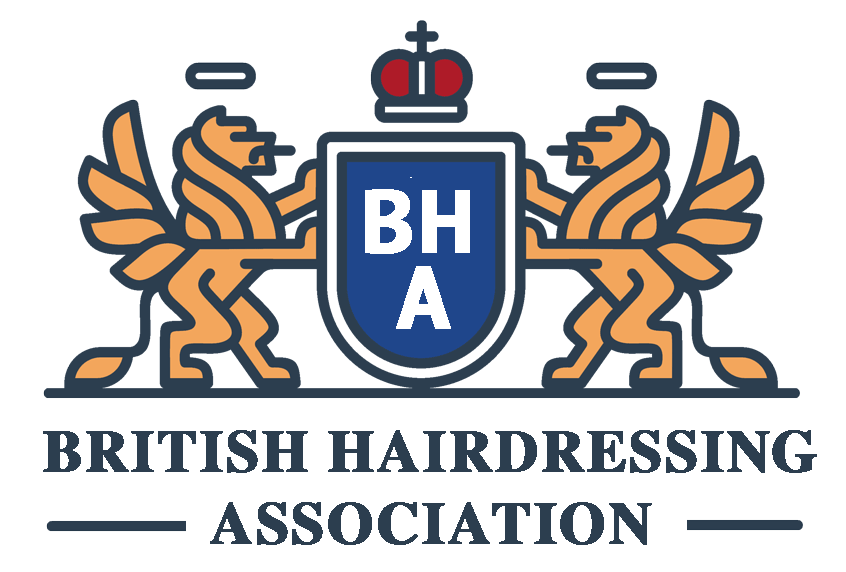What are the typical career stages in hairdressing?
What are the Typical Career Stages in Hairdressing?
Embarking on a career in hairdressing can be both rewarding and creatively fulfilling. If you’re considering this profession, understanding the typical career stages in hairdressing is crucial for planning your career path effectively. Here’s a comprehensive look at the stages:
-
Training and Education
The first step in any hairdressing career is obtaining the necessary education and training. Aspiring hairdressers usually attend cosmetology school to learn the fundamentals of hair cutting, coloring, and styling. These programs may take months to complete, depending on the curriculum and location. During this stage, you’ll gain essential theoretical knowledge and hands-on experience under the guidance of experienced instructors.
-
Apprenticeship or Assistant Role
After completing formal education, many new hairdressers begin their career as apprentices or assistants in hair salons. This stage is crucial for gaining real-world experience in a professional setting. As an apprentice, you’ll have the opportunity to observe skilled stylists, assist with tasks, and gradually take on more responsibilities. This period allows you to refine your skills and learn about salon operations, client interaction, and time management.
-
Junior Stylist
Once you’ve honed your skills as an apprentice, the next step is becoming a junior stylist. In this role, you’ll begin to build your own client base while still working under the guidance of more experienced colleagues. As a junior stylist, you’ll have the opportunity to further develop your techniques, gain confidence, and explore different hairdressing styles.
-
Senior Stylist
With several years of experience, you can advance to a senior stylist position. Senior stylists are skilled professionals with a solid client base and a deep understanding of the latest trends, techniques, and products in the hairdressing industry. At this stage, you’ll often take on more complex tasks, including advanced color treatments and precision cuts. Senior stylists play an essential role in mentoring junior stylists and maintaining high standards within the salon.
-
Salon Manager or Owner
For those with an entrepreneurial spirit and strong leadership abilities, the ultimate career stage is becoming a salon manager or owner. This role requires not only excellent hairdressing skills but also business acumen, such as budgeting, marketing, and client relationship management. As a salon manager or owner, you’ll oversee the day-to-day operations, manage staff, and ensure a high-quality experience for clients.
-
Continuing Education and Specialization
Throughout all career stages, continuing education is vital for staying current with industry trends and enhancing your skill set. Hairdressers often attend workshops, seminars, and advanced courses to specialize in areas like bridal hairstyling, color correction, or hair extensions. Specializing can open new career opportunities and allow you to command higher rates for your services.
Understanding these typical career stages in hairdressing can significantly impact your career trajectory, helping you achieve your professional goals and keep your passion for creativity alive. Whether you’re just starting out or looking to advance, having a clear vision of your career path ensures long-term success in the dynamic world of hairdressing.


